For a unity gain configuration opamp, we arrived at the conclusion that vout = vi * A/(A+1) by using small signal analysis, since A here is the small signal open loop gain. My question is: Why does the formula which we derived by using small signal analysis apply also for large signal? I mean, why is it the case Vo = Vi * A/(A+1). Here Vo and Vi are both large signal voltage. I would explain this based on the fact that feedback can linearize the vi vs vo characteristic curve, so the small signal gain is also large signal gain, since the slope of a straight curve doesn't change according to Vi. But how can linearization actually happen? Or is there any other explanation?
The derivation for vo = vi * A/(A+1) is the following:
A*(vin - vout)=vout
so
vout = A*vin/(1+A)
But my doubt is that A is the open loop gain, which is derived from small signal analysis. How can this derivation apply also for large signal analysis?

